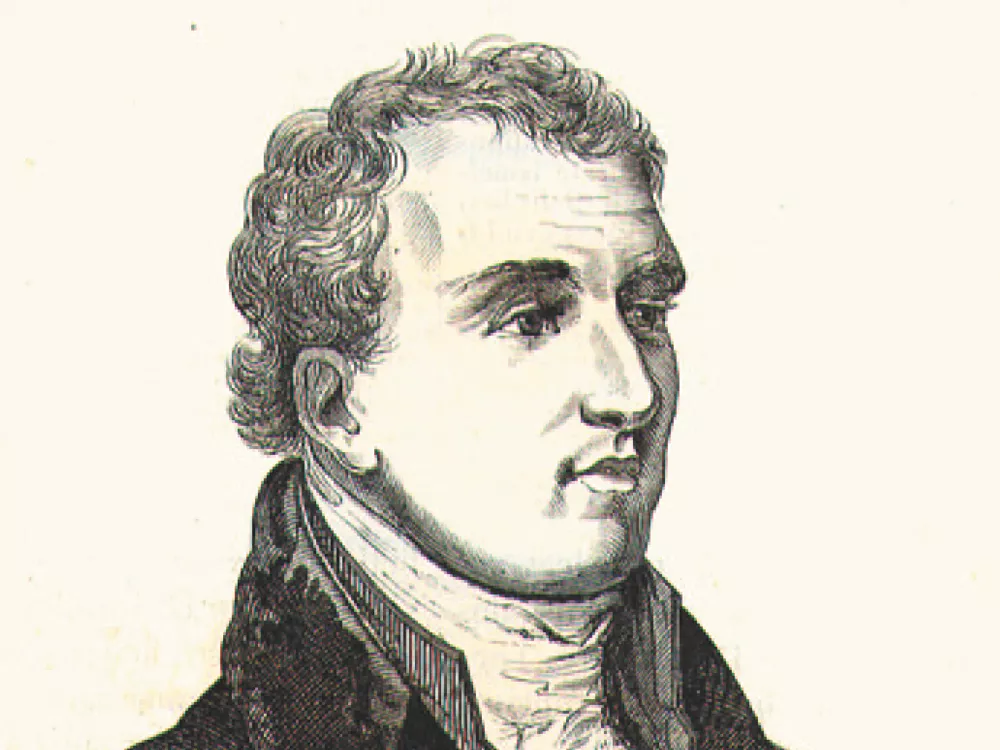If we want to use a rock and roll analogy, Lewis and Clark are the Beatles of Northwest natural history. David Douglas, on the other hand, is more like the Stooges — not everyone had heard of them when they were in their prime, but without them, everything would be incredibly different today.
Not to undersell the accomplishments of Lewis and Clark — that’s all but heretical to do here in the Northwest — but David Douglas forged the way for the understanding we now have of our region’s plants, animals, waterways and more. Still, though, stop someone on the street and it’s all but certain they’ve never heard of Douglas. Have they ever heard of a Douglas fir? Of course, but not the man who named it.
The Northwest Museum of Arts and Culture (MAC) is finally ready to unveil its new exhibit, “David Douglas: A Naturalist at Work,” more than three years after the exhibit was initially conceptualized. The historical and anthropological exhibit takes patrons along for the trip of the Scottish explorer’s travels through the region between 1825 and 1833, during which he catalogued more than 200 different natural specimens. It opens on Sept. 22 and runs for 11 months.
“It’s in the present tense — you are going along for the trip with Douglas,” says Marcia Rooney, the MAC’s senior curator of history.
Patrons are issued an adventure map upon entering and from there they travel from Fort Vancouver, up the Columbia River, following Douglas’ routes up into the Inland Northwest. Actual plant specimens picked and pressed by Douglas, loaned to the MAC from London’s Royal Botanical Gardens at Kew, are on display. So you’ll actually see the plants as Douglas himself saw them.
“Exhibits need to be a great story, and to do that you need to have great things to show,” says Rooney.
The exhibit is co-curated by local naturalist and writer Jack Nisbet — an occasional contributor to The Inlander — who has been studying and writing about Douglas for years now. His second book on this subject, also titled David Douglas: A Naturalist at Work, is set for release next month. He says his fascination with Douglas has evolved over the years, which is reflected in the exhibit’s wide-ranging nature.
“I wasn’t just interested in Douglas, but the landscape that he saw. What I’m interested in is what the landscape was then and how it is now,” says Nisbet, taking a break from installing the exhibit.
Museum visitors will certainly gain a sense of what has changed, but will also come to better understand the past. Kids can crawl inside a recreation of the humble tent the naturalist slept beneath during his travels and also check out a replica of the original Spokane House, complete with adzed boards, looking similar to how it would have appeared nearly 200 years ago.
Perhaps the most eye-catching elements of the exhibit are a stuffed condor and albatross, both of which are mounted as if in mid flight inside the MAC. When Douglas was exploring, the condor still flew over the Columbia before nearly going extinct in recent decades. Douglas was known to carry a deep fascination with the massive bird, which is why the animal and its nine-foot wingspan is part of the exhibit.
Nisbet says he totally understands why Douglas never received Lewis and Clark-like fame. He doesn’t care as much about making Douglas famous as he is about preserving the knowledge he gathered for future generations.
“It would be nice if they knew the name Douglas, but if they come out of the exhibit and know what a Douglas fir is or that there were once condors here, that would be even nicer,” says Nisbet.

